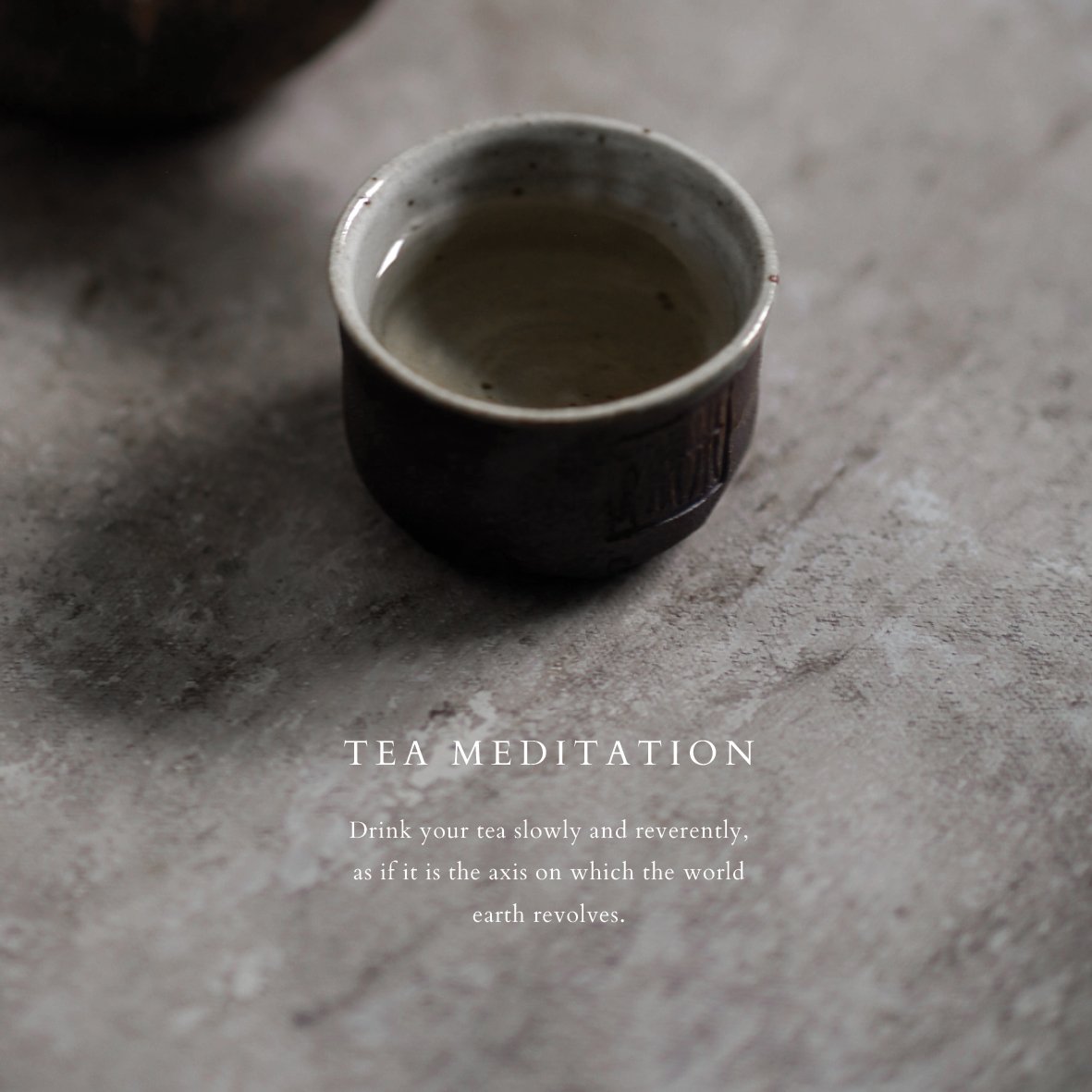The Wabi Sabi Way
When contemplating our wellbeing in today’s world, one cannot bypass how modernism revolves around the constant endeavour of claiming our attention. The need to have more, achieve more and carry out our lives according to highly perfected standards. Wabi Sabi is a counter movement. A step back, and appreciation of the nature that nurtures us. From future to present, from well maintained and perfectly groomed to allowing space for life and natural aging, from perfect materiality to imperfection and incompleteness of aged beauty.
The Wabi Sabi way is a humble path of life towards serenity and balance. A choice to step away from the fast-paced seeking of perfection. It is an aesthetic approach and a spiritual view, an intuitive response to the beauty that reflects the transience of life. The philosophy finds its roots in the Taoist and Chinese Zen Buddhism ideals of simplicity, naturalness and acceptance of reality as is. It can be best described as a state of the heart, a perfect moment amidst imperfection. A deep breath in, a deep breath out, the favorite clay mug of steaming green tea warming our hands and the appreciation of the aged wooden beams in a home well lived. Cultivating heartfelt appreciation, through conscious willingness to notice these details, living in the present moment.
Applying this to our daily life, we can practice this artistic quality of attention by treating our life as a contemplative flow of naturalness. Intentionally curating our environments with adoration for quality, choosing natural materials and items of artisanal creation that tell a story and hold true value. The candlelight, the aged wood treated with a natural Tung Oil, cracks and crevasses left untouched adding to its beauty. Our favorite plant in the beautiful clay pot that we care for with love and the clothes that we wear made from natural thread in a long-lasting manner. Bringing our values to a grounded space appreciation of our surroundings. It is a beautiful path of Zen, of wholeness, that adds the tangible dimension to a contemplative way of life.

















